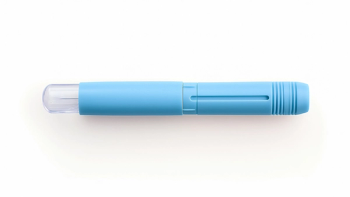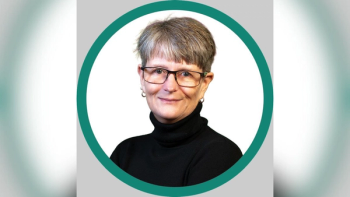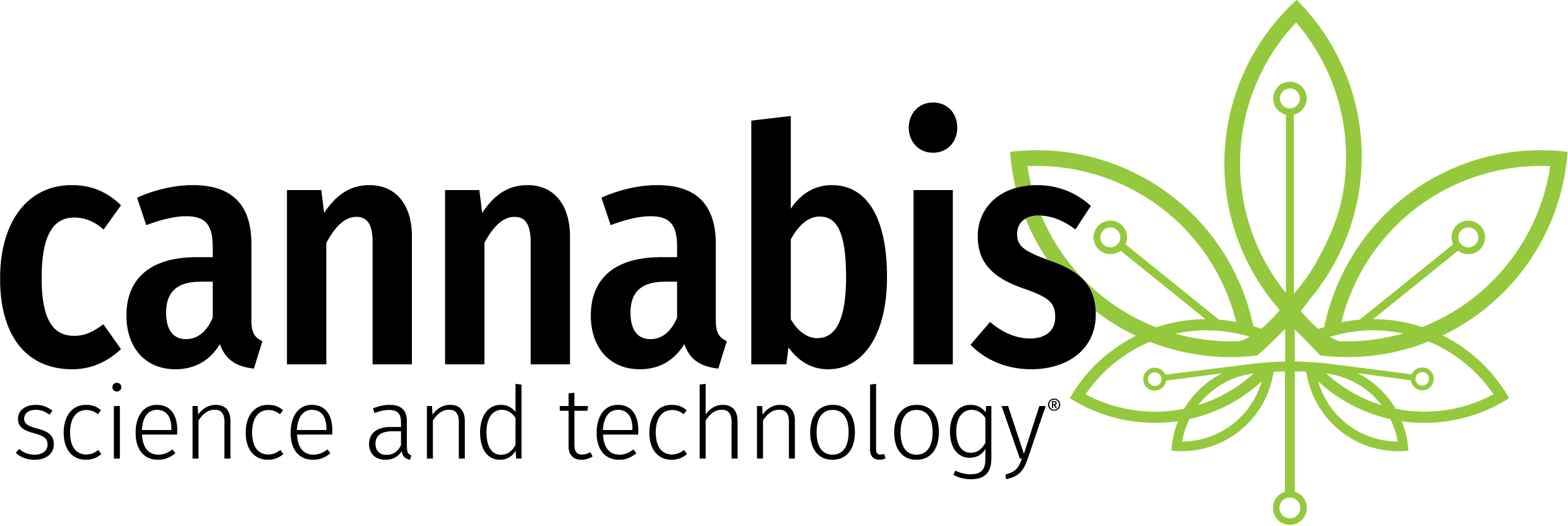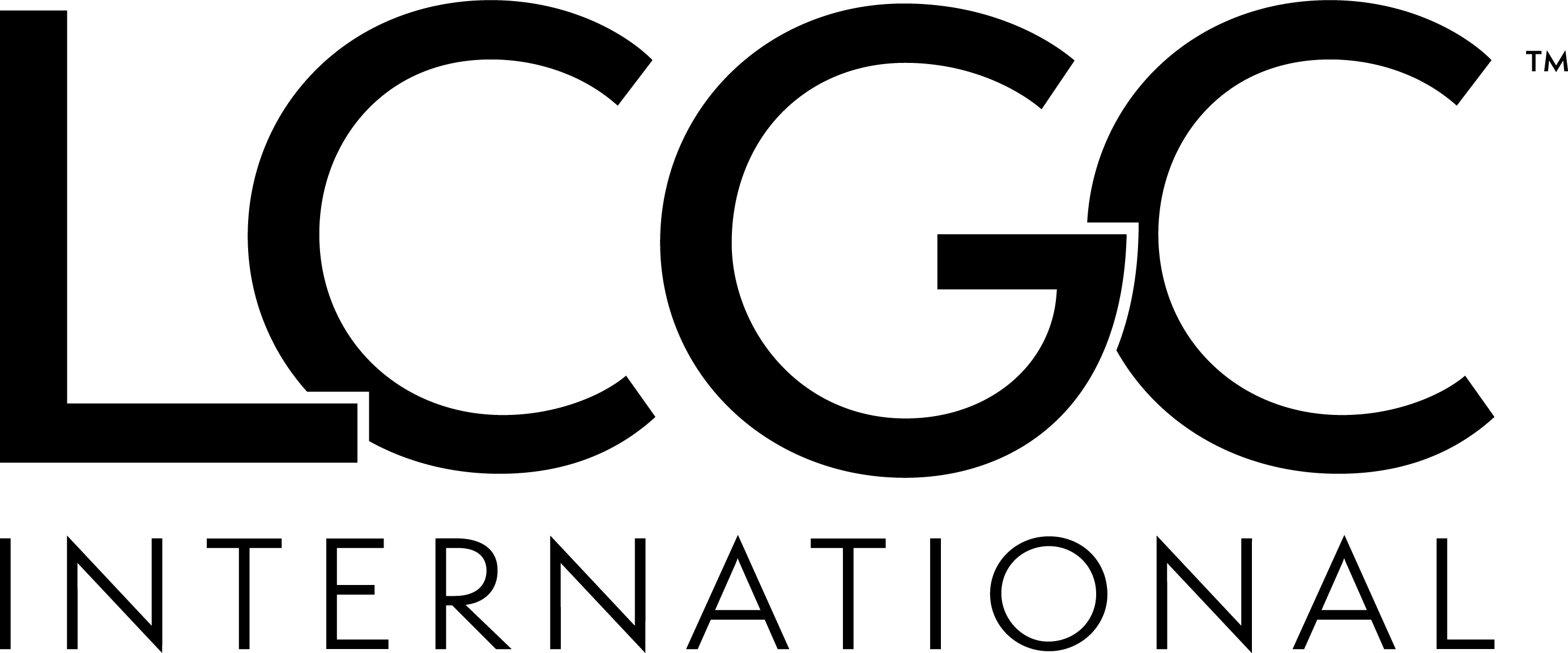
|Articles|October 7, 2008
Eastern European Agencies Challenge European Medicines Regulatory Network Design
The contributions Eastern and Central European Member States make to the European Medicines Regulatory Network (EMRN) was the topic of the first session of the Fifth Annual TOPRA Annual Symposium in Budapest.
Advertisement
Eastern European Agencies challenge European Medicines Regulatory Network design
What contributions are the Eastern and Central European Member States making to the European Medicines Regulatory Network (EMRN)? This was the topic of the first session of the Fifth Annual TOPRA (The Organization for Professionals in Regulatory Affairs) Annual Symposium in Budapest which opened today.
Professor Tamas Paal, current President of the Országos Gyógyszerészeti Intézet (National Institute of Pharmacy) Operative Board and former Director General, spoke candidly and directly of the many pressures on National Medicines Authorities. He stated that they were always expected to have answers for politicians, media and the Courts. Regulators are always expected to take responsibility for the medicines used in the country, regardless of what process by which they are approved or where the decision was taken (CHMP, RMS, etc.).
Prof. Paal briefly commented upon the strengths of the current system-namely the opportunity to participate in international working groups and the Heads of Medicines Agencies work. However he used most of his presentation to challenge the conventional wisdom-he looked at the downsides of the integration of processes across the EU and raised number of truly confounding questions. For instance, what value to health outcomes does the irrationally high increase of applications offer? Why are there so many processes and possible routes by which a single compound can achieve authorisation or extension? And finally, why in recent years have we seen a dramatic increase in the number of graduates who are managing processes instead of undertaking scientific evaluation? These questions are ones for which the current framework offers few answers. However, according to Prof. Paal, more thinking needs to be done to mitigate these worrying trends of the current arrangements. Failure to do so poses serious risk to both the legitimacy of the overall system and public health, though, on balance, he still sees that the pros sill outweigh the cons.
Dr. Kristen Raudsepp, Director General of Ravimiamet (State Agency for Medicine in Estonia), offered her views as the head of the Agency in one of the EU's smallest states. She discussed the alignment of resources and motivations in agencies across the EU. She portrayed three kinds of agencies-those with the resources and motivation to participate; those with no resources but the motivation; and those with resources but no motivation to make a difference. She said that this is demonstrated by data on started procedures in 2007/8. Of 30 potential agencies, only 12 were a Reference Member State, with the majority doing no Mutual Recognition Procedure or Decentralised Procedures at all.
Despite having a budget of only ? 2.5 million and 85 staff in total, her agency continues to be very active, contributing where possible. Why is it, she asked, that with more Member States now than before, resource is a bigger issue than ever before? More Member States and the nature of the procedures themselves should lessen workload, not make it more burdensome. Dr. Raudsepp advocated that the rules be urgently reconsidered-they create unintended outcomes where the hardest working competent authorities attract more work and this discourages potential contributions from new participants.
Other presenters offered an industry perspective, finding their own flaws in the current arrangements. In concluding the session, Prof. Paal stated that this had not been a negative session-rather presenters offered a critical evaluation of a system that goes some way to achieve its aims, but needs to be further refined to make for more manageable workloads for agencies and, ultimately, better outcomes for everyone in the future.
Newsletter
Stay current in clinical research with Applied Clinical Trials, providing expert insights, regulatory updates, and practical strategies for successful clinical trial design and execution.
Advertisement
Advertisement
Advertisement
Trending on Applied Clinical Trials Online
1
FDA Approves Imfinzi Plus FLOT for Early and Locally Advanced Gastric and GEJ Cancers
2
The CRA Role’s Co-evolution With Clinical Trial Technology
3
Novo Nordisk Submits Higher-Dose Wegovy Injectable for FDA Approval with Priority Voucher
4






.png)



.png)



.png)
.png)
